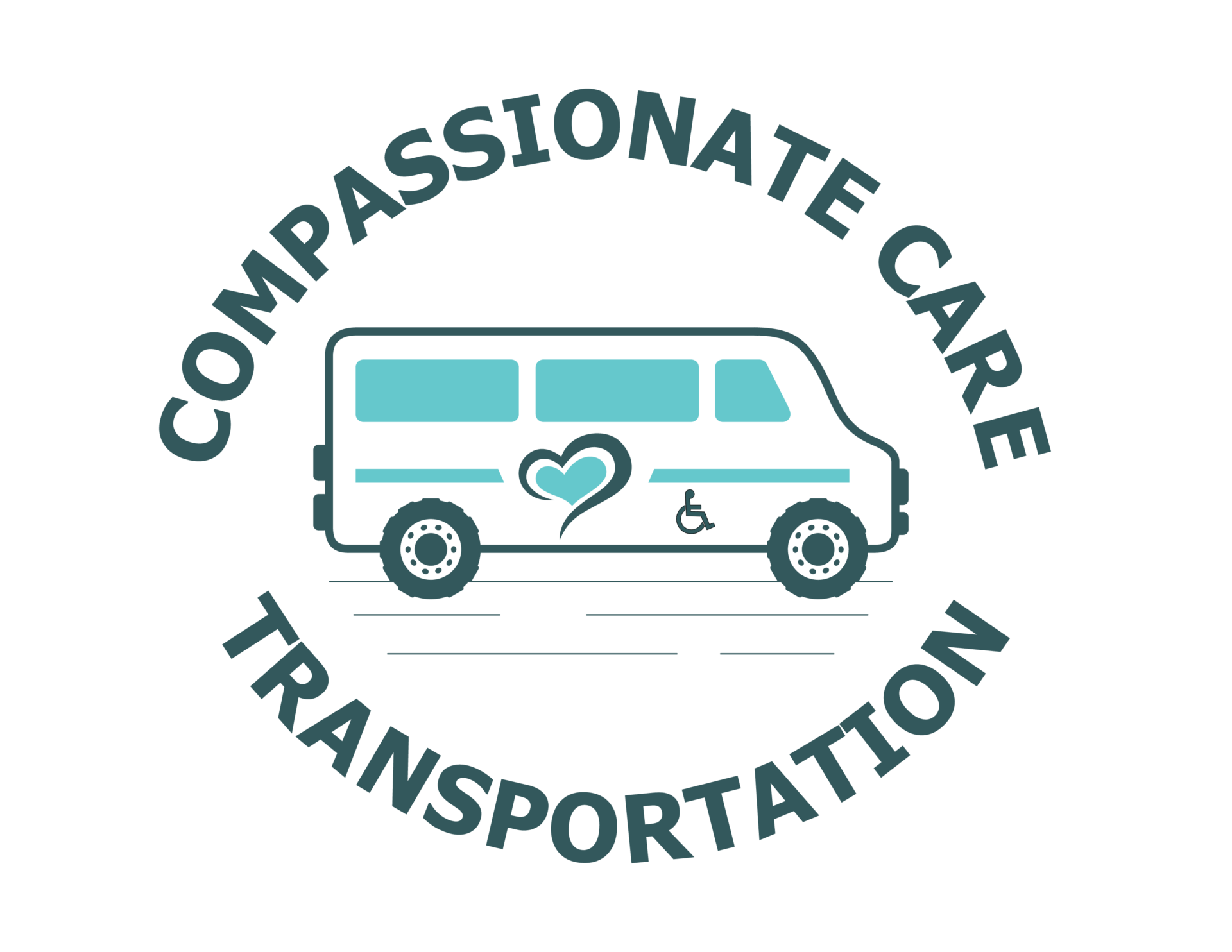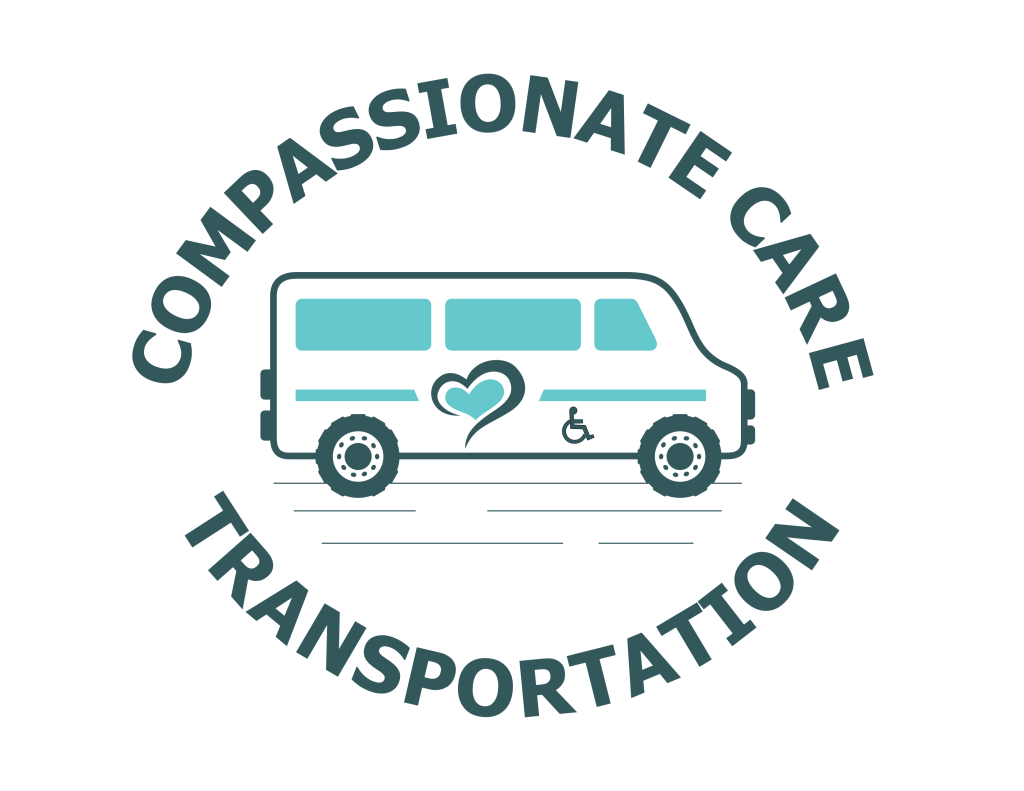Accessible transportation refers to transportation options that are designed to accommodate the needs of individuals with disabilities. It ensures that people with special needs have equal access to transportation services, allowing them to travel independently and participate fully in society. Accessible transportation is crucial for special needs individuals as it provides them with the freedom to move around, access healthcare, employment opportunities, and socialize with others.
Understanding the Transportation Needs of Special Needs Individuals
Special needs individuals encompass a wide range of disabilities, each with unique transportation needs. Physical disabilities may require wheelchair-accessible vehicles or ramps for boarding and disembarking. Individuals with visual impairments may need audio announcements or tactile markers to navigate public transportation. Cognitive disabilities may require additional support or assistance during travel.
Factors such as the severity of the disability, the individual’s age, and their support network also influence transportation needs. For example, children with special needs may require transportation to and from school, while adults may need transportation for work or medical appointments. Additionally, some individuals may require specialized medical equipment during transport.
Challenges Faced by Special Needs Individuals in Accessing Transportation
Despite the importance of accessible transportation, special needs individuals often face numerous challenges in accessing suitable transportation options.
One major challenge is the lack of accessible transportation options available. Many public transportation systems do not have adequate accommodations for individuals with disabilities, such as wheelchair ramps or audio announcements. This lack of accessibility limits the independence and mobility of special needs individuals.
Another challenge is the limited availability of transportation services in rural areas. Rural communities often have fewer public transportation options, making it difficult for special needs individuals to access essential services and resources.
Financial barriers also pose a significant challenge for special needs individuals. Accessible transportation options can be more expensive than traditional transportation services, making them unaffordable for many individuals and families. This financial burden further restricts their ability to travel and participate in society.
Types of Accessible Transportation Available for Special Needs Individuals
| Transportation Type | Description | Availability |
|---|---|---|
| Wheelchair Accessible Vans | Vans equipped with ramps or lifts to accommodate wheelchairs | Available in most major cities |
| Accessible Taxis | Taxis with ramps or lifts to accommodate wheelchairs | Available in some major cities |
| Accessible Public Transportation | Buses, trains, and subways equipped with ramps or lifts to accommodate wheelchairs | Available in most major cities |
| Paratransit Services | Transportation services specifically for individuals with disabilities | Available in most cities, but may require advance scheduling |
| Non-Emergency Medical Transportation | Transportation services for medical appointments or treatments | Available through insurance or private companies |
Fortunately, there are several types of accessible transportation options available for special needs individuals.
Public transportation options, such as buses and trains, are required to provide accommodations for individuals with disabilities under the Americans with Disabilities Act (ADA). These accommodations may include wheelchair ramps, priority seating, and audio announcements. However, the level of accessibility varies between different public transportation systems.
Paratransit services are specialized transportation services for individuals with disabilities who are unable to use fixed-route public transportation. Paratransit services typically operate door-to-door or curb-to-curb and require advance reservations. These services provide a more flexible and personalized transportation option for special needs individuals.
Non-emergency medical transportation is another type of accessible transportation that is specifically designed to transport individuals to medical appointments. These services often have trained staff and specialized vehicles equipped with medical equipment to ensure the safety and comfort of passengers.
Ride-sharing services, such as Uber and Lyft, have also started offering accessible transportation options for special needs individuals. These services allow individuals to request wheelchair-accessible vehicles or vehicles with trained drivers who can assist passengers with disabilities.
Importance of Accessible Transportation for Special Needs Individuals
Accessible transportation plays a crucial role in the lives of special needs individuals by providing them with equal opportunities and access to essential services.
Access to healthcare is one of the primary benefits of accessible transportation for special needs individuals. Many individuals with disabilities require regular medical appointments, therapies, or treatments. Accessible transportation ensures that they can reach these appointments safely and on time, improving their overall health outcomes.
Employment opportunities are also enhanced through accessible transportation. Special needs individuals who can access reliable transportation are more likely to secure and maintain employment. They can commute to work independently, expanding their job prospects and contributing to the workforce.
Social inclusion is another significant benefit of accessible transportation. By being able to travel independently, special needs individuals can participate in social activities, visit friends and family, and engage in community events. Accessible transportation helps reduce isolation and promotes a sense of belonging.
Benefits of Accessible Transportation for Special Needs Individuals

Accessible transportation provides numerous benefits for special needs individuals, improving their overall quality of life.
Increased independence is one of the key benefits. Accessible transportation allows individuals to travel on their own terms, without relying on others for assistance. This independence fosters self-confidence and empowers individuals to pursue their goals and aspirations.
Improved quality of life is another significant benefit. Accessible transportation enables special needs individuals to access essential services, engage in recreational activities, and maintain social connections. It enhances their overall well-being and happiness.
Better access to education and training is also facilitated through accessible transportation. Special needs individuals can attend schools, colleges, or vocational training programs without barriers. This access to education and training opens up opportunities for personal growth and career advancement.
Legal Rights of Special Needs Individuals in Accessing Transportation
Special needs individuals have legal rights that protect their access to transportation services.
The Americans with Disabilities Act (ADA) sets forth requirements for public transportation systems to ensure accessibility for individuals with disabilities. Under the ADA, public transportation providers must make reasonable modifications to policies, practices, and procedures to accommodate individuals with disabilities. This includes providing accessible vehicles, ramps or lifts for boarding, priority seating, and audio announcements.
Other federal and state laws also protect the rights of special needs individuals in accessing transportation. These laws prohibit discrimination based on disability and require transportation providers to make reasonable accommodations to ensure equal access.
How to Make Transportation More Accessible for Special Needs Individuals
To improve accessibility for special needs individuals, several measures can be taken.
Improving infrastructure and technology is crucial. Public transportation systems should invest in accessible vehicles, ramps or lifts for boarding, audio announcements, and other assistive technologies. Infrastructure should be designed to accommodate individuals with disabilities, including accessible bus stops, train stations, and sidewalks.
Providing training for transportation providers is also essential. Drivers and staff should receive training on how to assist individuals with disabilities, operate accessible vehicles, and communicate effectively. This training ensures that transportation providers can meet the unique needs of special needs individuals.
Increasing funding for accessible transportation options is another important step. Governments and organizations should allocate resources to support the development and maintenance of accessible transportation services. This funding can help expand the availability of accessible transportation options and reduce financial barriers for special needs individuals.
Tips for Special Needs Individuals to Access Transportation
Special needs individuals can take several steps to ensure they can access transportation effectively.
Planning ahead is crucial. Special needs individuals should research available transportation options in their area and familiarize themselves with schedules, routes, and accessibility features. They should also plan their trips in advance, making reservations if necessary.
Communicating with transportation providers is essential. Special needs individuals should inform transportation providers about their specific needs and any accommodations they require. Clear communication ensures that providers can meet their needs effectively.
Knowing your rights is also important. Special needs individuals should be aware of their legal rights under the ADA and other applicable laws. This knowledge empowers them to advocate for themselves and seek appropriate accommodations when necessary.
The Future of Accessible Transportation for Special Needs Individuals
The future of accessible transportation for special needs individuals holds great promise. Advances in technology and infrastructure will continue to improve accessibility and enhance the independence and mobility of special needs individuals.
The development of autonomous vehicles has the potential to revolutionize accessible transportation. Self-driving cars can be designed with accessibility features from the ground up, ensuring that they are fully inclusive for individuals with disabilities.
Furthermore, continued advocacy for accessible transportation options is crucial. Special needs individuals, their families, and advocacy organizations must continue to raise awareness about the importance of accessible transportation and push for improvements in infrastructure, technology, and funding.
By working together, we can create a future where accessible transportation is a fundamental right for all individuals, regardless of their abilities.
If you’re interested in learning more about high-quality wheelchair transportation, Compassionate Care Transportation has a great article that dives into what it looks like. They provide valuable insights and tips on ensuring safe and comfortable transportation for individuals with special needs. Check out their article here to discover the key elements of reliable and efficient special needs transportation.

